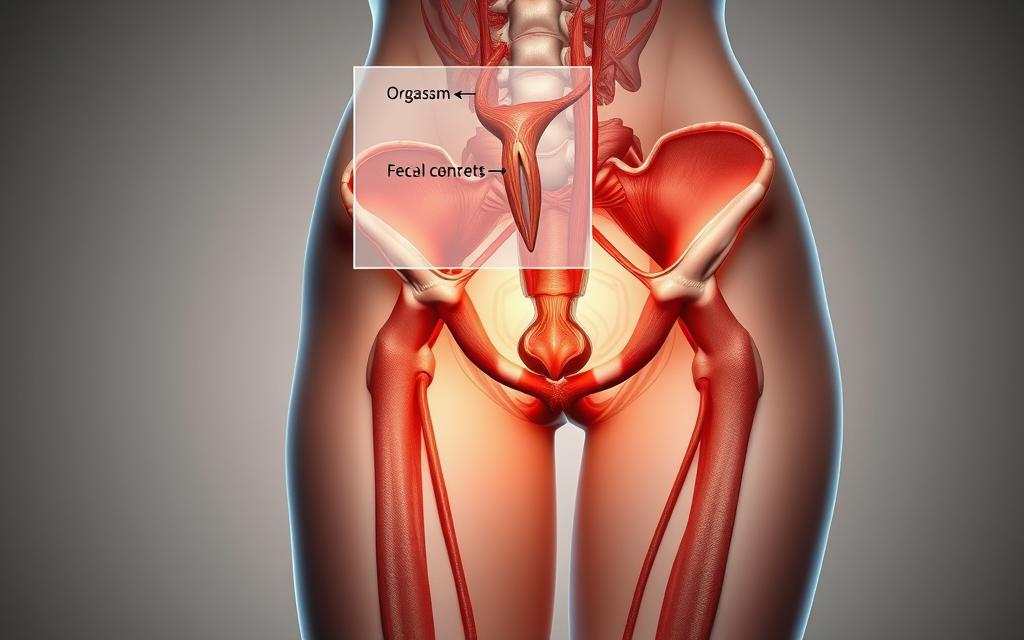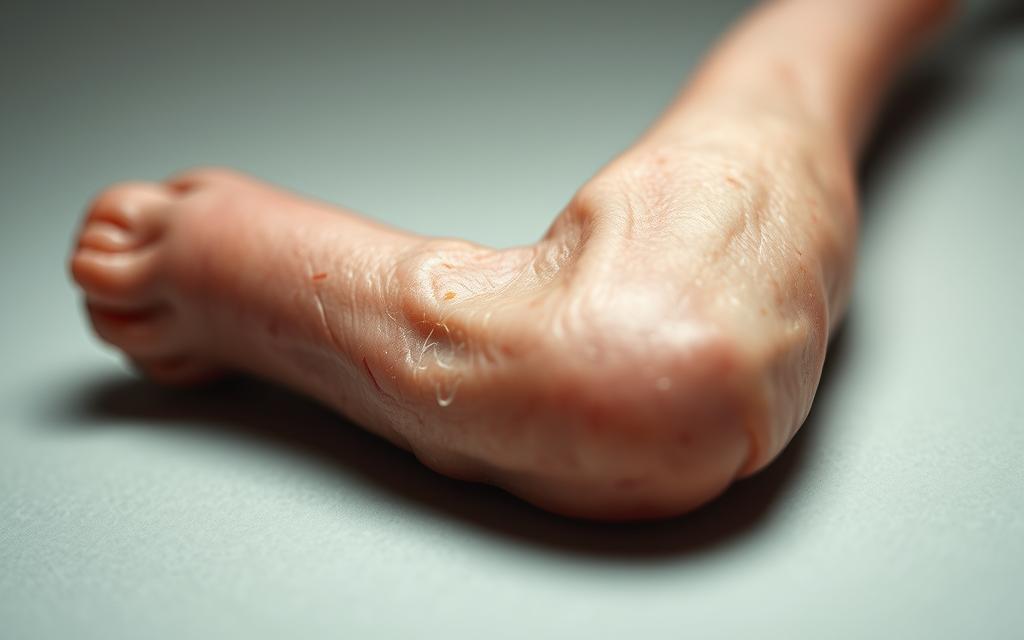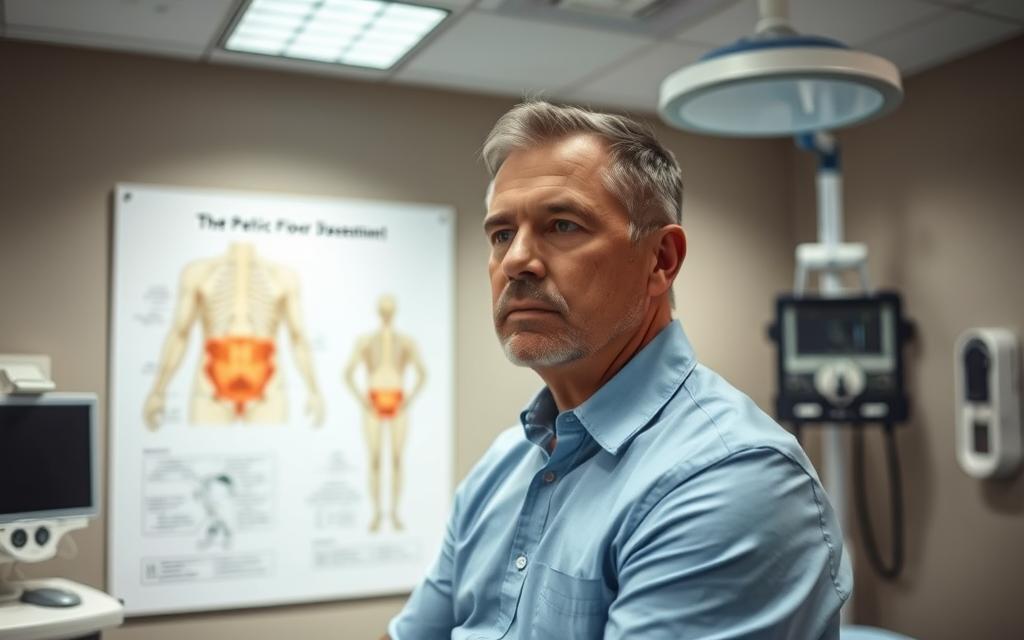Erectile Dysfunction and Pelvic Floor Dysfunction: Causes, Treatments, and Solutions
Men’s health is a critical aspect of overall well-being, and conditions like erectile dysfunction and pelvic floor dysfunction can significantly impact quality of life.
These conditions are more common than you might think, affecting a substantial number of men worldwide. Understanding the causes, treatments, and solutions is essential for those affected.
By exploring the intricacies of pelvic floor dysfunction and its interplay with erectile dysfunction, we can better grasp the available treatment options and how they contribute to overall men’s health.
Understanding Erectile Dysfunction
Understanding erectile dysfunction requires a comprehensive look at its causes, symptoms, and effects on men’s health. Erectile dysfunction (ED) is a condition characterized by the inability to achieve or maintain an erection sufficient for satisfactory sexual performance.
Common Causes of Erectile Dysfunction
Erectile dysfunction can result from a variety of factors, including underlying medical conditions such as diabetes, hypertension, and cardiovascular disease. Lifestyle factors, such as smoking and excessive alcohol consumption, can also contribute to ED.
Physical vs. Psychological Factors
Erectile dysfunction can be caused by either physical or psychological factors, or a combination of both. Physical causes include vascular disease, neurological disorders, and hormonal imbalances, while psychological causes include anxiety, depression, and stress.
Prevalence and Impact on Quality of Life
Erectile dysfunction affects a significant portion of the male population, with its prevalence increasing with age. The condition can have a profound impact on a man’s quality of life, affecting not only his sexual health but also his mental and emotional well-being.
| Age Group | Prevalence of ED |
|---|---|
| 40-49 years | 40% |
| 50-59 years | 55% |
| 60-69 years | 70% |
For more information on how diet affects erectile dysfunction, visit Colorado Urologists to learn about the worst foods for ED.
The Role of Pelvic Floor in Sexual Function
The pelvic floor plays a crucial role in sexual function, and understanding its anatomy is essential for addressing erectile dysfunction.
Anatomy of the Pelvic Floor
The pelvic floor consists of muscles, ligaments, and fascia that support the pelvic organs. These muscles are vital for maintaining continence, supporting the prostate, and facilitating sexual function. A healthy pelvic floor is essential for normal erectile function.

How Pelvic Floor Muscles Affect Erections
The pelvic floor muscles play a significant role in erections by supporting the blood vessels and nerves that supply the penis. Weak or dysfunctional pelvic floor muscles can lead to erectile dysfunction. Strengthening these muscles through exercises like Kegel can help improve erectile function.
Signs of Pelvic Floor Dysfunction
Signs of pelvic floor dysfunction include erectile dysfunction, premature ejaculation, and pelvic pain. If you’re experiencing these symptoms, it’s essential to consult a healthcare provider for proper diagnosis and treatment. Understanding the signs can help in seeking appropriate care and improving sexual health.
Connection Between Erectile Dysfunction and Pelvic Floor Dysfunction
Understanding the link between erectile dysfunction and pelvic floor dysfunction is crucial for developing effective treatment strategies. The pelvic floor muscles play a significant role in sexual function, and their dysfunction can contribute to erectile issues.
Weak Pelvic Floor Muscles and ED
Weak pelvic floor muscles can lead to erectile dysfunction by impairing blood flow and reducing the ability to achieve or maintain an erection. Pelvic floor exercises, such as Kegel exercises, can help strengthen these muscles and potentially alleviate ED symptoms.
Pelvic Floor Tension and ED
On the other hand, excessive tension in the pelvic floor muscles can also contribute to erectile dysfunction. This tension can cause pain and discomfort, making it difficult to achieve an erection. Relaxation techniques and physical therapy may help reduce muscle tension.
Diagnostic Approaches for Pelvic-Related ED
Diagnosing pelvic-related erectile dysfunction involves a comprehensive assessment of pelvic floor function. This may include physical examinations, pelvic floor muscle strength tests, and other diagnostic tools.
| Diagnostic Tool | Description | Relevance to ED |
|---|---|---|
| Physical Examination | Assessment of pelvic floor muscle tone and strength | Helps identify muscle weakness or tension |
| Pelvic Floor Muscle Strength Test | Measures the strength and endurance of pelvic floor muscles | Indicates potential contribution to ED |
| Ultrasound | Visual examination of pelvic floor structures | Assesses blood flow and muscle integrity |
Does No Fap Help with Erectile Dysfunction?
The relationship between erectile dysfunction and the “No Fap” movement is a topic of increasing interest, with many seeking answers online. As discussions around erectile dysfunction continue, the “No Fap” movement has emerged as a potential, albeit controversial, approach to addressing ED.
Understanding the No Fap Movement
The “No Fap” movement encourages individuals to abstain from masturbation and pornography, with some proponents claiming it can improve sexual function and overall well-being. While the movement’s origins are rooted in online forums, its principles have been adopted by some as a potential solution to erectile dysfunction.
Scientific Evidence on Abstinence and ED
Research on the direct link between abstinence and erectile dysfunction is limited. However, some studies suggest that reducing or eliminating pornography consumption may help alleviate ED symptoms in some individuals.

Pornography-Induced Erectile Dysfunction
Pornography-induced erectile dysfunction is a condition where excessive pornography consumption is believed to contribute to ED. Some research supports the idea that reducing pornography use can help restore normal sexual function.
Potential Benefits and Limitations of No Fap
While some individuals report benefits from adopting the “No Fap” lifestyle, including improved erectile function, it is essential to consider the potential limitations. A balanced approach, incorporating both lifestyle changes and medical treatment, may be more effective for many individuals.
| Approach | Potential Benefits | Limitations |
|---|---|---|
| No Fap Movement | May improve erectile function, reduce pornography addiction | Limited scientific evidence, potential for increased frustration or anxiety |
| Medical Treatment | Evidence-based treatments, effective for many individuals | Potential side effects, may not address underlying lifestyle factors |
| Combined Approach | Holistic treatment, addressing both physical and lifestyle factors | Requires commitment to lifestyle changes and medical treatment |
Medical Treatments for Erectile Dysfunction
Understanding the medical treatments available for erectile dysfunction is crucial for men seeking to regain their sexual health. Various options are now available, ranging from oral medications to more invasive procedures.
Prescription Medications
Oral medications are often the first line of treatment for erectile dysfunction. These include PDE5 inhibitors like sildenafil (Viagra) and tadalafil (Cialis), which help increase blood flow to the penis. For more information on effective treatments, visit Colorado Urologists.
Hormone Therapy Options
In cases where erectile dysfunction is linked to hormonal imbalances, hormone therapy may be recommended. Testosterone replacement therapy is a common approach for men with low testosterone levels.
| Treatment Option | Description | Benefits |
|---|---|---|
| PDE5 Inhibitors | Oral medications that increase blood flow | Effective for many men, easy to administer |
| Hormone Therapy | Treatment for hormonal imbalances | Can address underlying causes of ED |
| Surgical Interventions | Procedures like penile implants | Long-term solution for severe ED |
Surgical Interventions
For men who do not respond to other treatments, surgical options like penile implants are available. These devices are implanted surgically and can provide a reliable solution.
When to Consult a Healthcare Provider
It’s essential to consult a healthcare provider to determine the best treatment plan. They can help identify the underlying cause of erectile dysfunction and recommend appropriate treatments.
Lifestyle Changes and Holistic Approaches
Lifestyle modifications and holistic strategies play a vital role in improving erectile dysfunction. By incorporating healthy habits and stress management techniques, individuals can significantly enhance their sexual health.
Diet and Exercise Impact on ED
A balanced diet rich in fruits, vegetables, and whole grains, combined with regular exercise, can improve cardiovascular health, which is closely linked to erectile function. Physical activity not only enhances blood flow but also boosts overall well-being.
Stress Management Techniques
High stress levels can exacerbate erectile dysfunction. Techniques such as meditation, yoga, and deep breathing exercises can help manage stress, promoting relaxation and improving sexual function.
Sleep Quality and Sexual Function
Poor sleep quality is associated with a higher risk of erectile dysfunction. Ensuring adequate sleep and maintaining a consistent sleep schedule can positively impact sexual health.
Addressing Mental Health Factors
Mental health issues, such as depression and anxiety, can contribute to erectile dysfunction. Seeking professional help and addressing these underlying factors is crucial for effective management.
By adopting these lifestyle changes and holistic approaches, individuals can take a proactive role in managing erectile dysfunction and enhancing their overall sexual health.
Conclusion: Creating an Effective Treatment Plan
Addressing erectile dysfunction requires a comprehensive approach that considers both physical and psychological factors. By understanding the connection between erectile dysfunction and pelvic floor dysfunction, individuals can explore a range of treatment options.
A well-structured treatment plan may include medical treatments, such as prescription medications or hormone therapy, alongside lifestyle changes and holistic strategies. Dietary adjustments, stress management, and improved sleep quality can also positively impact men’s health.
Consulting a healthcare provider is essential to determine the most suitable treatment plan. By working together, individuals can develop a personalized strategy to manage erectile dysfunction and improve overall well-being.
Effective management of erectile dysfunction not only enhances sexual function but also contributes to a better quality of life. By adopting a comprehensive treatment plan, individuals can regain confidence and improve their overall men’s health.
